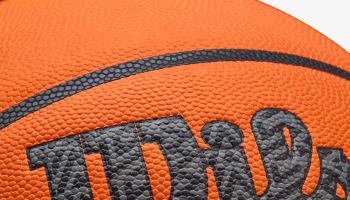
Source: John Fedele / Getty
After an intense workout, it is common for people to experience muscle soreness, especially if you’re new to exercising. However, “waiting” for the pain to go away may not be the best answer. In fact, some doctors recommend that you continue your exercise program to help bring fresh oxygen and nutrients to the injury site.
According to WebMD:
“When muscle temperature is increased, blood flow increases, bringing fresh oxygen and healing nutrients to the injured site,” he says. “This increased blood flow also helps to wash away the chemical irritants responsible for pain.”
While sore, don’t expect to set personal records. Most likely, during a bout of DOMS, your exercise potential will be out of reach, says Draper. Delayed onset muscle soreness usually affects only the body parts that were worked, so perhaps you can work other muscle groups while letting the fatigued ones recover.
In a nutshell, don’t beat yourself up. Just take it easy.
“Since there’s a loss in muscle strength, athletic performance won’t be at peak levels for a few days,” says Torgan, “so it’s best to plan a few days of easy exercise to prevent further muscle damage and reduce the likelihood of injury.”














